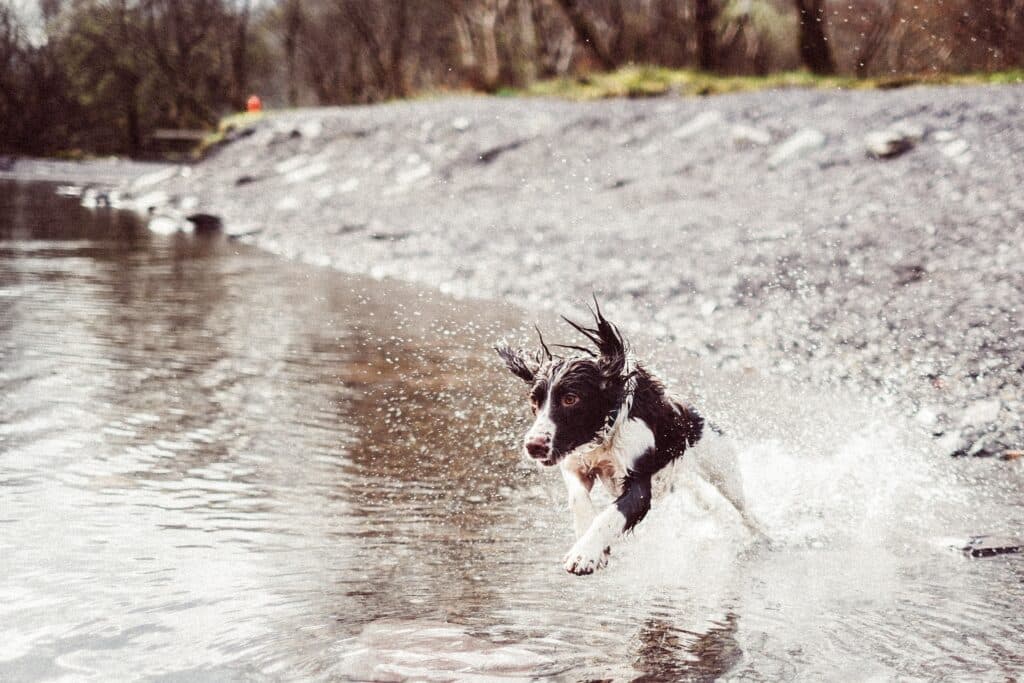What to Look for in Your Furry Friends
Alabama Rot is a very rare and often fatal disease found in dogs. The disease gets its name as it first appeared in greyhounds in the state of Alabama, USA during the 1980s. You may also hear Alabama Rot referred to as CRGV or Cutaneous and Renal Glomerular Vasculopathy.
The first known case, with both skin sores and kidney failure, was reported in the UK in 2012. Since then, there have been >280 total confirmed cases as of February 2022, with 3 of these occurring so far in 2022.

Signs of Alabama Rot
Understandably, dog owners are worried about this disease. This is because, as the disease is so rare, there is very little still known about it. This makes it hard to determine the cause, make an accurate diagnoses, or find a cure.
However, it’s important that what we do know is widely spread. To give your furry friend the best chance of avoiding this life-threatening disease, it’s important to know common signs so that you can keep an eye out for these key indicators.
Physical Symptoms of Alabama Rot
The main sign of Alabama Rot is the appearance of skin sores (lesions), although sores don’t always mean that your dog has Alabama Rot. Other possible signs of CRGV can include:
- Unexplained redness of the skin
- Leg swelling
- Walking differently or limping
- Licking paws more than usual
- Vomiting
Behavioural Clues for CRGV
Behavioural changes can be more subtle to pick up on; however, if you don’t regularly check for skin sores after walks, these indicators may be the first thing you notice when something isn’t right with your pet. You may notice:
- Changes in body language or behaviour
- Changes in appetite (eating less)
- Your pet is drinking more water
- Your pet seems more tired (lethargic) than normal
These signs sometimes develop later than physical symptoms as they tend to be indicators of kidney problems, which often develops a few days after the appearance of skin sores.
Keeping Pets Healthy
If you’re looking for ways to give your pet the best chance at staying healthy and avoiding Alabama Rot, then there are several steps you may wish to take that might help. After walking your dog in muddy or wooded areas, especially in winter and spring, you should:
- Thoroughly wash them all over
- Check for skin sores
- Keep checking their skin over the next few days, paying special attention to paws and legs but also their face, mouth, tongue, and body.
If you suspect your dog may have Alabama Rot, please call your vet as soon as possible. Together, we can work towards finding a cure and keeping our dogs as safe as possible.
For more information take a look at symptoms to look out for or our Alabama Rot FAQs.
